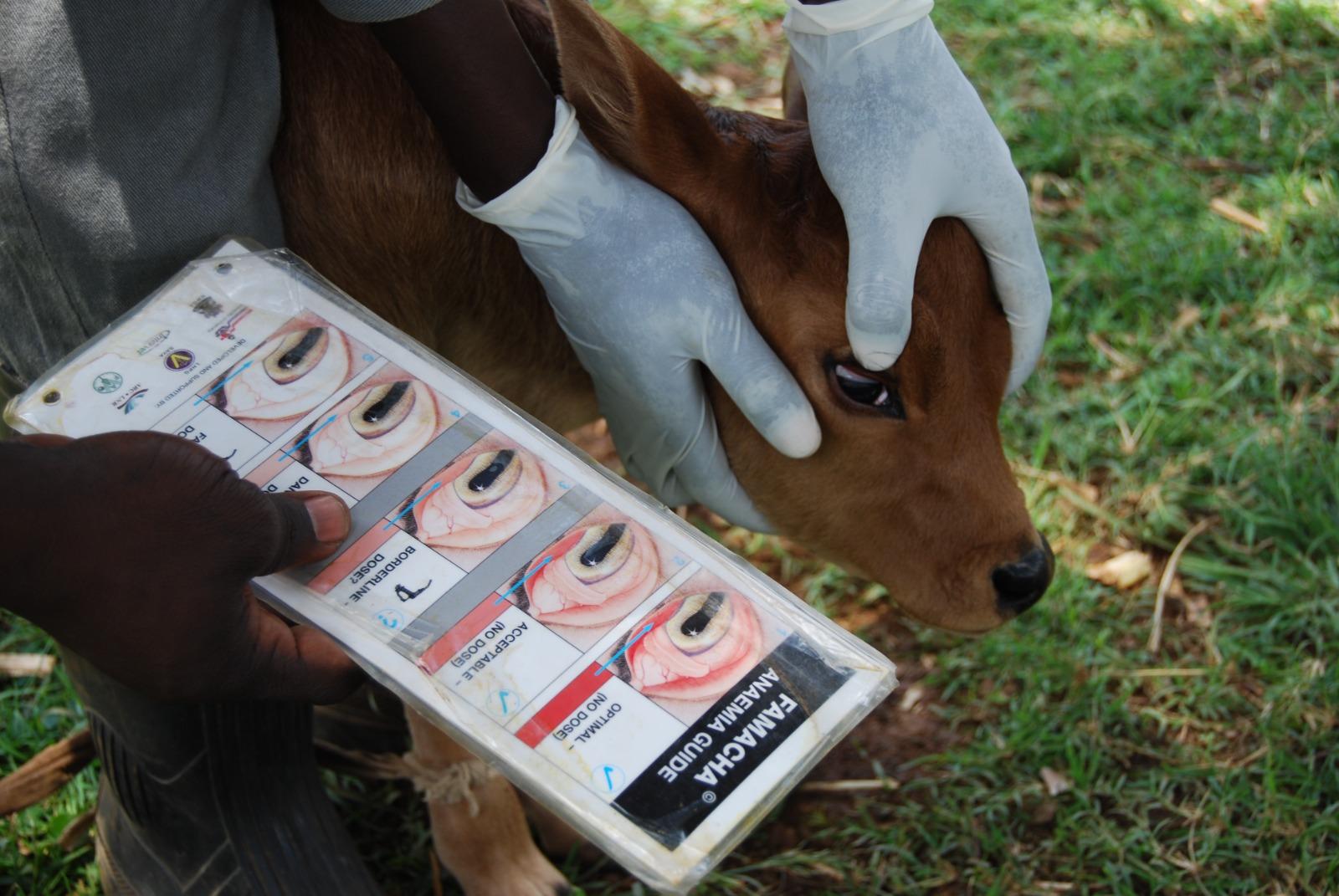
Improving animal health: A key to sustainable livestock production and better human health
Core message
The hidden connection: Cattle, methane, and our well-being
At first glance, the relationship between cattle, methane emissions and human health might not seem obvious. However, delve a little deeper, and the links become clear. Agriculture significantly contributes to global greenhouse gas (GHG) emissions, with a hefty slice of this pie attributed to ruminants like cattle, sheep and goats. These animals produce methane, a potent GHG, as a byproduct of their digestive processes and as their manure is stored and treated.
The livestock paradox in low- and middle-income countries

In wealthier nations, there is often talk about reducing the consumption of meat and dairy products to help combat climate change. However, this conversation fails to acknowledge an important issue in low- and middle-income countries (LMICs): a lack of protein and micronutrients that can otherwise be obtained by eating nutrient-rich animal products.
This deficiency in essential nutrients has significant health implications, particularly for children and pregnant women. Anaemia affects nearly one in three women worldwide. Consuming animal-source foods can improve nutrient levels, decrease the risk of infectious diseases, and prevent neurological disorders in humans.
With Africa's population steadily increasing, the demand for animal products is expected to double by 2050, compared to 2020 levels. This presents a challenge of balancing nutritional needs while also ensuring environmental sustainability.
The path to sustainability: Healthier animals
Disease is a major culprit behind production losses in cattle, a problem more pronounced in LMICs. One promising solution lies in improving animal health. A multi-disciplinary project is investigating the impact of morbidity, mortality, and reproductive disorders on productivity and GHG intensity—that is, the GHG emitted per kilogram of meat and milk.
Preliminary results are telling:
- In Tanzania, pregnancy losses in dairy cattle not only diminish milk and meat output but also hike up the GHG intensity of these products by as much as 14%. Loss of animal products due to abortion in dairy cattle equates to the protein requirements of a million Tanzanians.
- In Kenya, the death of beef calves under one year old spikes the GHG intensity of meat by 6%. This represents a nutritional void for 3.6 million Kenyans.
Towards a healthier future for all
Improving animal health stands as a pillar for sustainable livestock production, with ripple effects on environmental preservation and human nutrition. Addressing health issues in livestock is not just about food security; it's a step towards safeguarding human health and ensuring a resilient future for our planet.
This crucial work is the product of a global collaborative effort, involving Edinburgh Napier University, the International Livestock Research Institute (ILRI), ILRI’s Mazingira Centre, the Centre for Tropical Livestock Genetics and Health, the Roslin Institute, Washington State University, the Nelson Mandela African Institute of Science and Technology, Mekelle University, the Food and Agriculture Organization of the United Nations, the Global Research Alliance on Agricultural Greenhouse Gases, and the Environmental Defense Fund.
The project received funding from the Environmental Defense Fund with support from the Wellcome Trust [226478/Z/22/Z] and built on the Ol’Lessos Dairy Cohort Study funded by the Bill & Melinda Gates Foundation (CTLGH). Such backing underscores the importance of this research and its potential to affect meaningful change. As we continue to unravel the complexities of livestock production and its environmental impact, our goal remains steadfast: to nourish populations in LMICs sustainably and protect the health of animals, humans, and our shared environment.